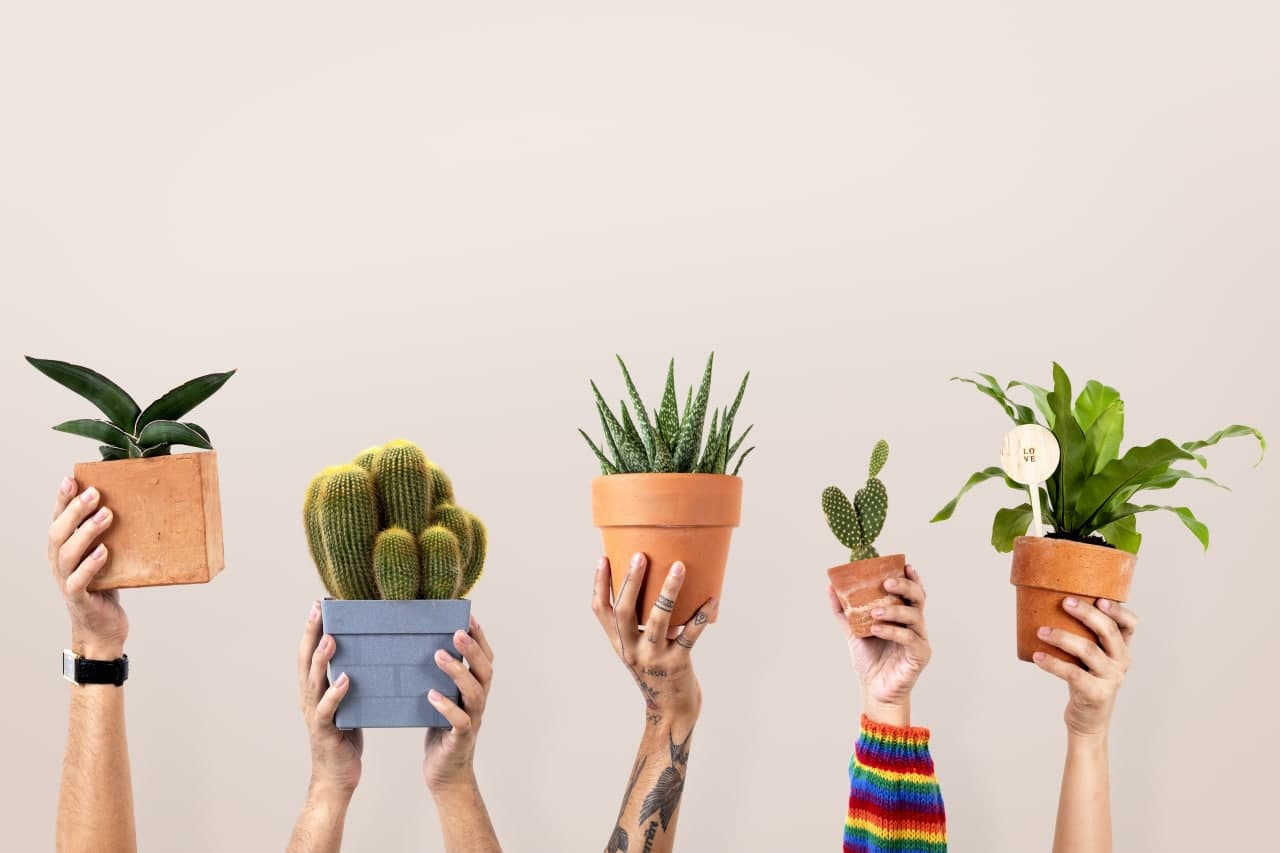
On the worktable beside the kitchen equipment or beside other options of gifts, cactuses have the potential of being loved and attractive always everywhere. Cactuses are considered one of the highly demanded and loved plants in the world, and there are many people who have added Cactus to their home décor as well as in their offices.
In this context, we have spoken about an interesting fact from the weblog of the Romadon that once you get to know them, they will make a special place for cactuses in your heart.
The majority of Them Are Considered to Be Thermal.
According to botanists, the first ancestors of the Cactus were mainly found in America, Argentina, Chile, tropical Africa, and western Canada. The seeds of the Cactus were later migrated to different parts of the world by the migratory birds along with various species that traveled to different parts of the world.
Today in the world, there are between 1500 to 1800 species of Cactus that are spread around the globe. The majority of the cactuses still live in the hot and dry regions of the world.
It’s Possible That They Will Grow 20 Meters in Height
The interesting fact that we want to tell you about cactuses is their shapes that are round, long, and even elongated and can even be seen in a lot of other shapes as well. The size of some of the cactuses is only a few centimeters, and some of them grow even up to 20 meters in an ideal situation and one meter wide.
They Had a Role in The Creation of History
Thousands of years ago, the indigenous people from parts of Mexico and South America considered cactuses to have magical and bizarre properties.
It is interesting to know that three famous statuses from the previous ones are in Mexico is an eagle, a snake, and even a cactus, respectively. Apart from all these statues, cactuses have also been present in the arts, legends, and even in the rituals as a significant part of the culture that belongs to the people of South America, and it highly depends on them.
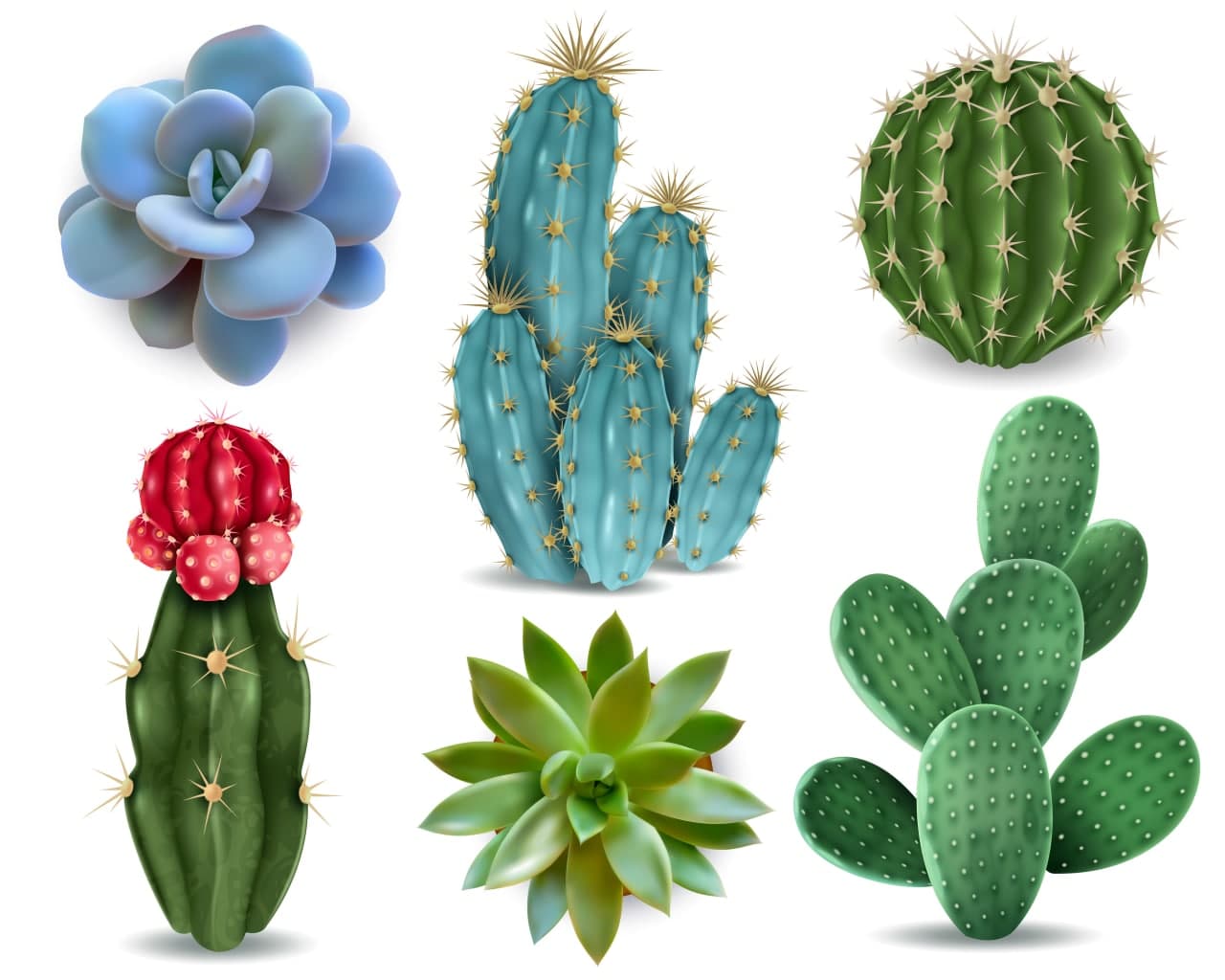
Cactuses Are Compatible and Life-Saving
Cactuses are very compatible, and they are able to stay alive for an extended period of time without water, even during the drought period, as they can save water.
Apart from this, the vascular system of the Cactus is very powerful, and it can even store a good amount of fluid in it for hard days. It should be mentioned that the system is designed so that the invading animals will not be able to access the plant’s water resources.
In addition to this, cactuses also have an interesting root that can collect water right from the surface of the soil along with a lot of suction and then draw water into the subsoils. Also, the roots of some of the cactuses do have a mechanism that is called earth horn that can penetrate right into the soil during droughts and can provide water which is needed by the plant itself.
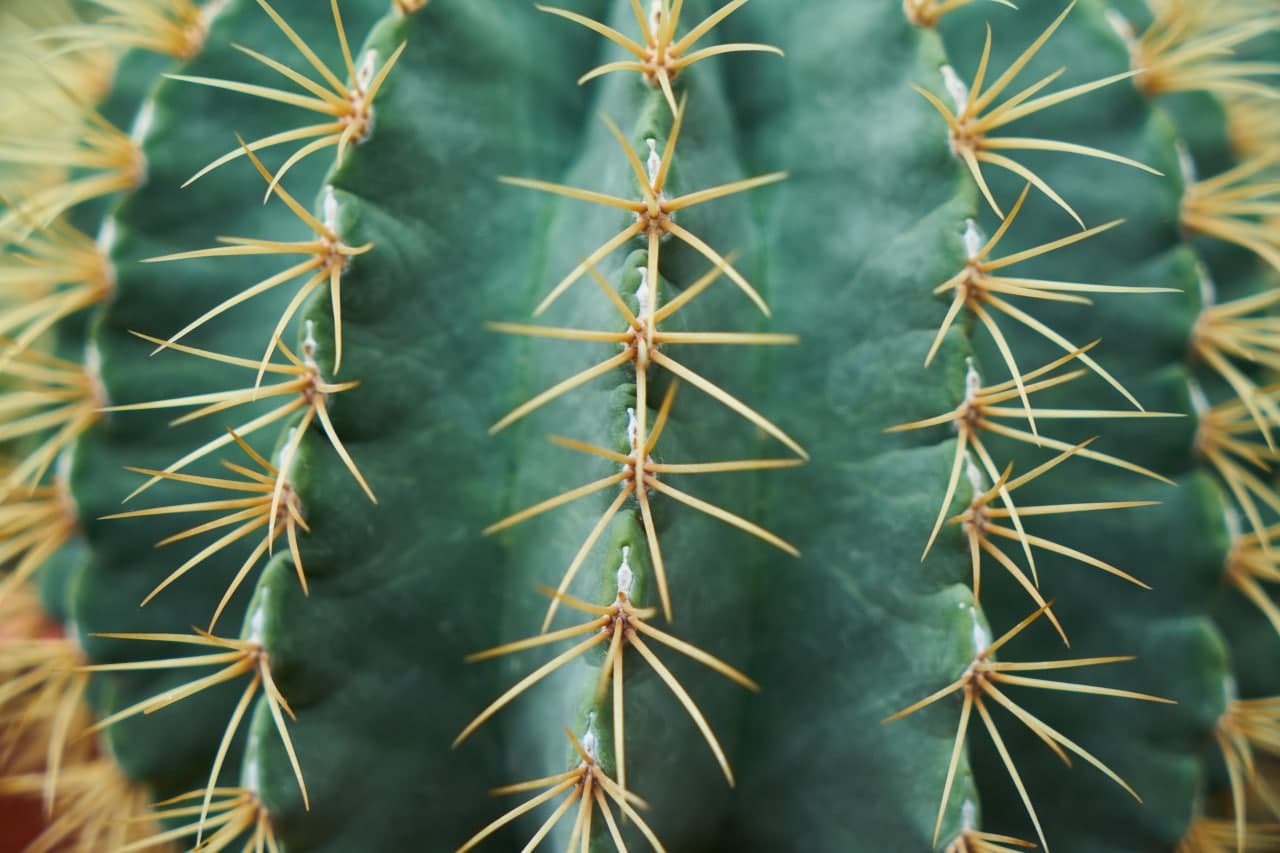
Initially, They Went to The House of the Europeans
Around the 1980s, the initial cactus pots were removed from their hometowns as ornamental plants as they left their hometowns. They were moved to homes of few well-to-do people, mainly in the European countries.
Those days to own a cactus was a dream for many individuals, and only special people had the ability to bear the expenses of the Cactus. There were many efforts made to open the cactus pots to different places, and it took almost years for the cactuses to be recognized as a plant for apartments.
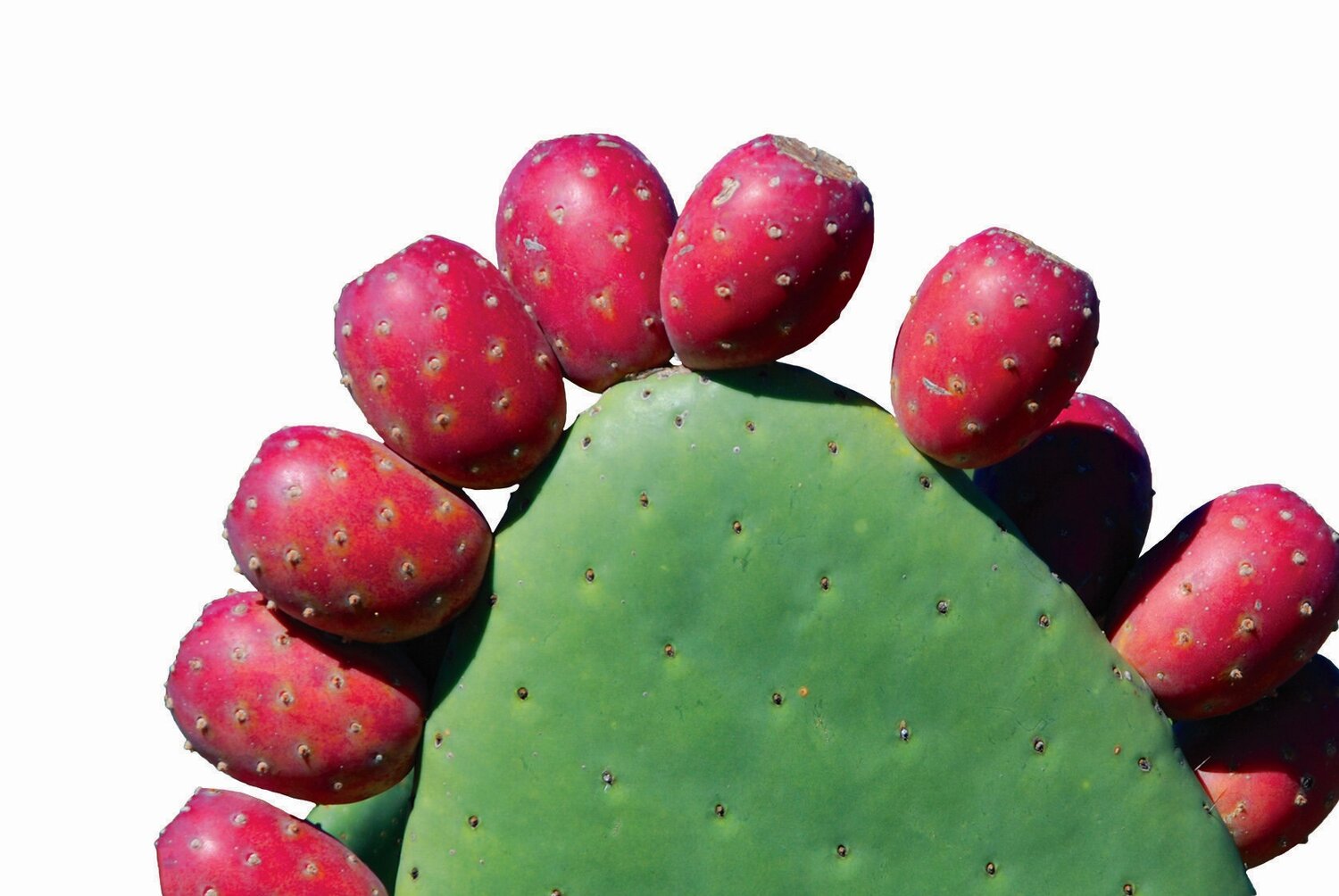
Some of Them Give Fruits
You may have noticed and seen the small red, and purple fruits with different tastes and are eaten either raw or even cooked. These fruits come from a type of Cactus and have a lot of properties, and in the native language, they are called Cactus or even Indian fig.
It is interesting to know that today some of the cactus fruits are grown in the parts of East Asia, and in the past, the cultivation process of this unique Cactus turned out to be a successful business in Mexico that had a turnover of more than 150 million USD.
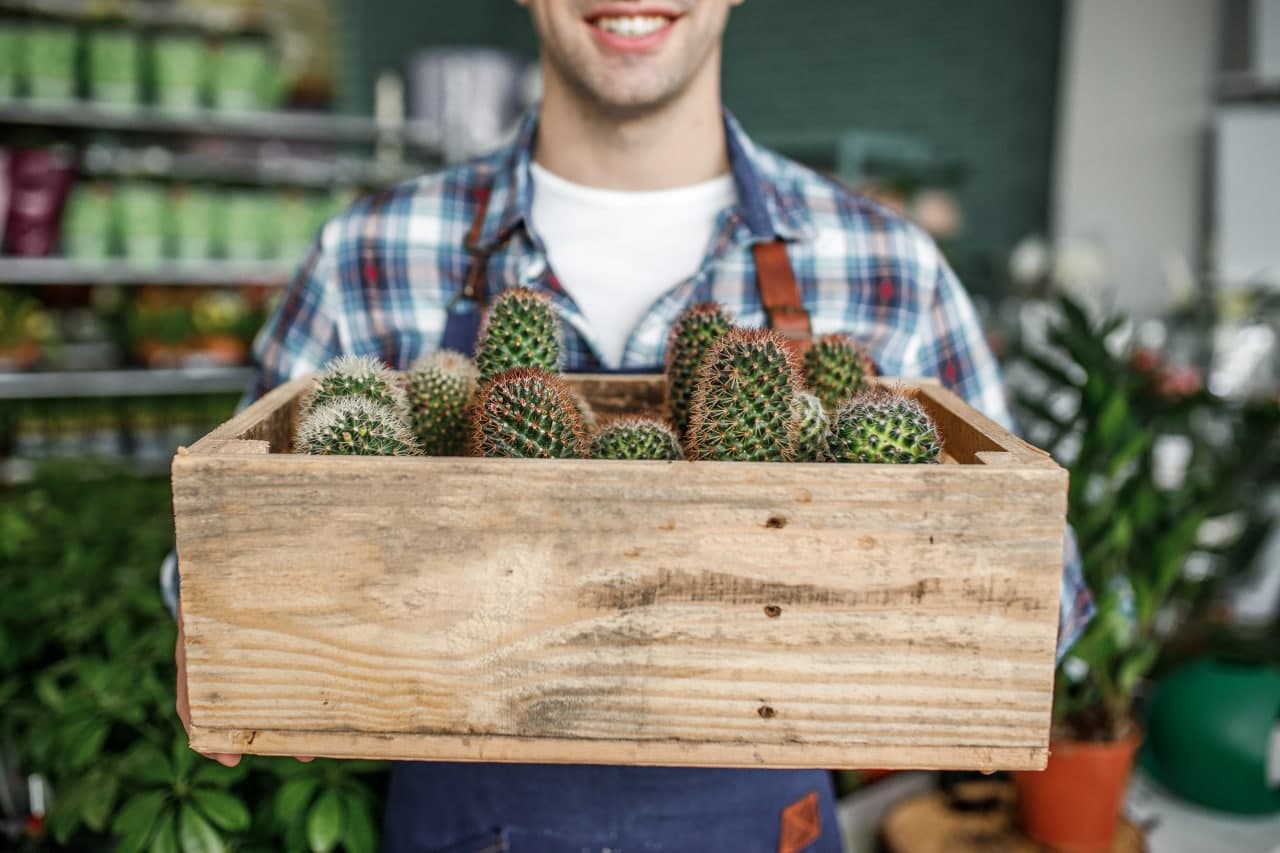
Some of Them Are in Danger
Right with the expansion of the construction, grazing livestock as well as the collection of it without even having to replace the cactuses, almost all the old cactuses present in nature are in the list of endangered plants, and there is a possibility of commercial harvesting will be possible only with a permit.
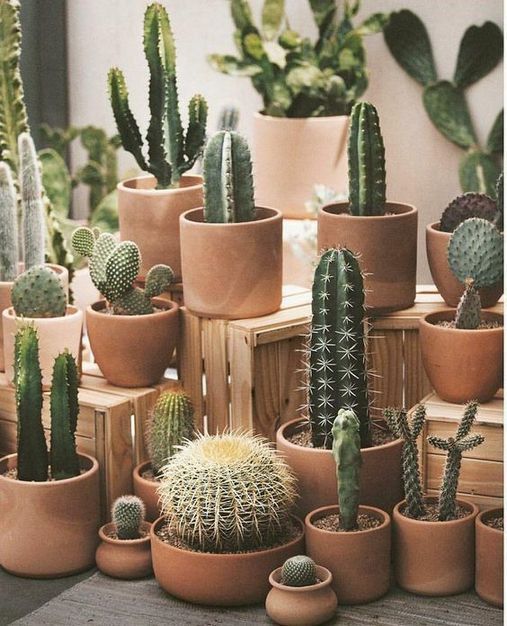
Changing The Pot of the Cactus
Usually, when you like a cactus in the florist, the life of the Cactus has passed in the old pot, and the vase is now small for the Cactus. It is better to ask the man in the shop about changing the pot. Choose the pot that is slightly bigger than the current pot because bigger space will end up requiring more watering.
If the person in charge doesn’t say anything regarding changing the soil, then instead of using a shovel and ending up damaging the roots of the plants, it is far better to break the pot and remove the plant completely with a single hand and place it right in the center of a bigger pot and fill the surrounding of it with soil.
The soil of the Cactus is special. So do not use any soil for changing the pot. Visit the florists and purchase the ideal soil for your Cactus. Otherwise, the combination of soil and a bit of sand can be a suitable option for Cactus. After changing the pot taking care of the Cactus is the simplest task, and keep in mind that Cactus has two seasons, the season of growth in spring and summer and the season of rest in autumn and winter.
Fertilizers and Proper Light for The Plant of Cactus
You should add fertilizers to the soil once every two or three months. Fertilizers ideal for the cactus plant can be fetched from the florists. Cactus requires ample sunlight. For a better lifespan, t is better to keep them behind the windows facing the sun.
Using the light of the LED light does not have much value. However, be careful so that you will not roast your Cactus under the sun. In the growing season, 32 to 30 degrees for a cactus is ideal and the best temperature in the resting season is 7 to 12 degrees centigrade.
Excessive watering of the Cactus can result in the stem and the roots rot, and unfortunately, when the root of the Cactus is rotten, or it has just started to rot, you will not be able to save the plant.
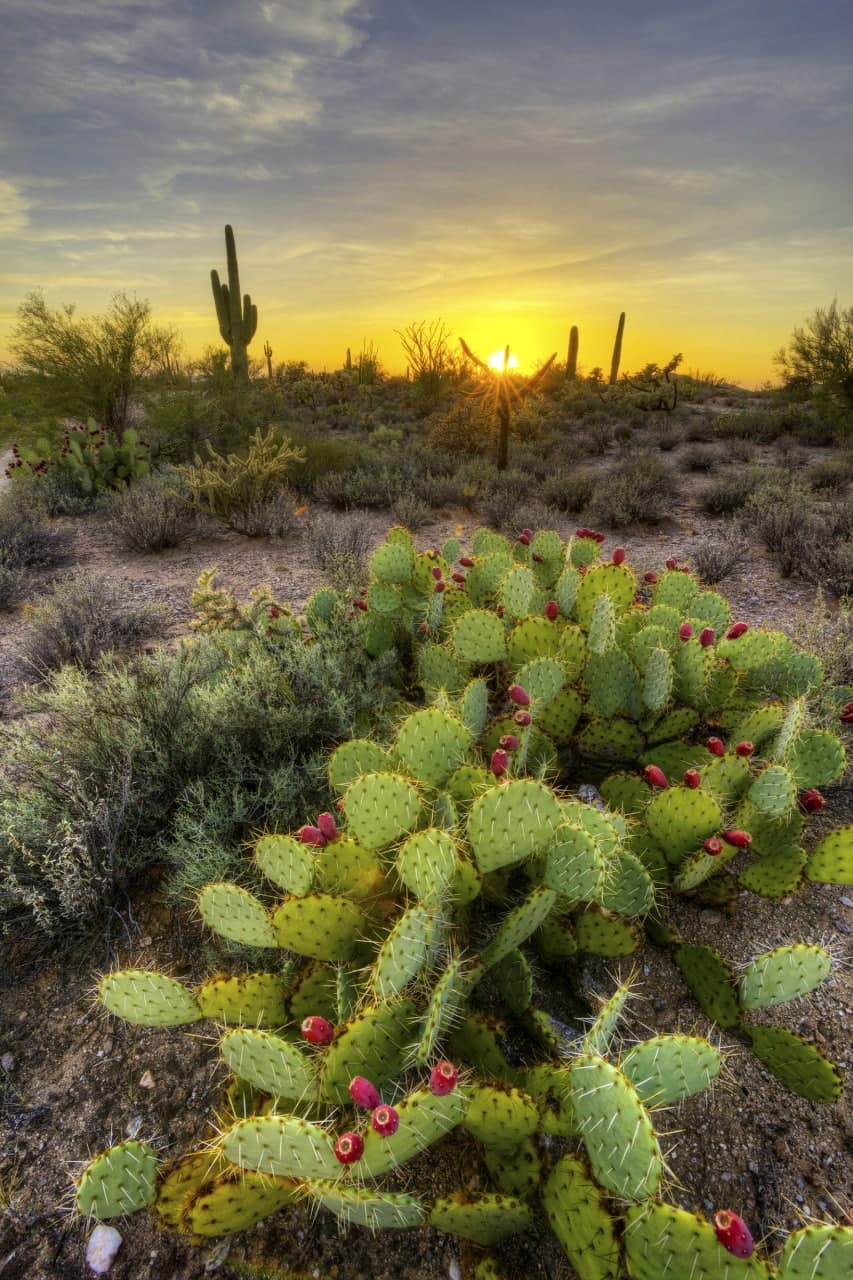
How to Water the Cactus?
Cactus requires more water in the growing season. However, for watering Cactus, there is no specific plan, and everything is highly dependent on the water and air of the place you live, soil, and the sunlight that you receive.
While watering the plant, be cautious so that the entire surface of the soil will not get wet. The next round of watering should be at the time when the soil of the Cactus is dried well.
To ensure the soil is dried, carefully insert a toothpick in the soil if the toothpick is wet for one or two days. While the plan is on the rest season, it needs water once in a few weeks.
Hand Picked For You
Like other apartment plants, Cactuses provide you a suitable air against the Wi-Fi waves with their beautiful look. They are considered to be one of the best options for internal decoration of the house, workplace, kitchen, bedroom, living room, etc.
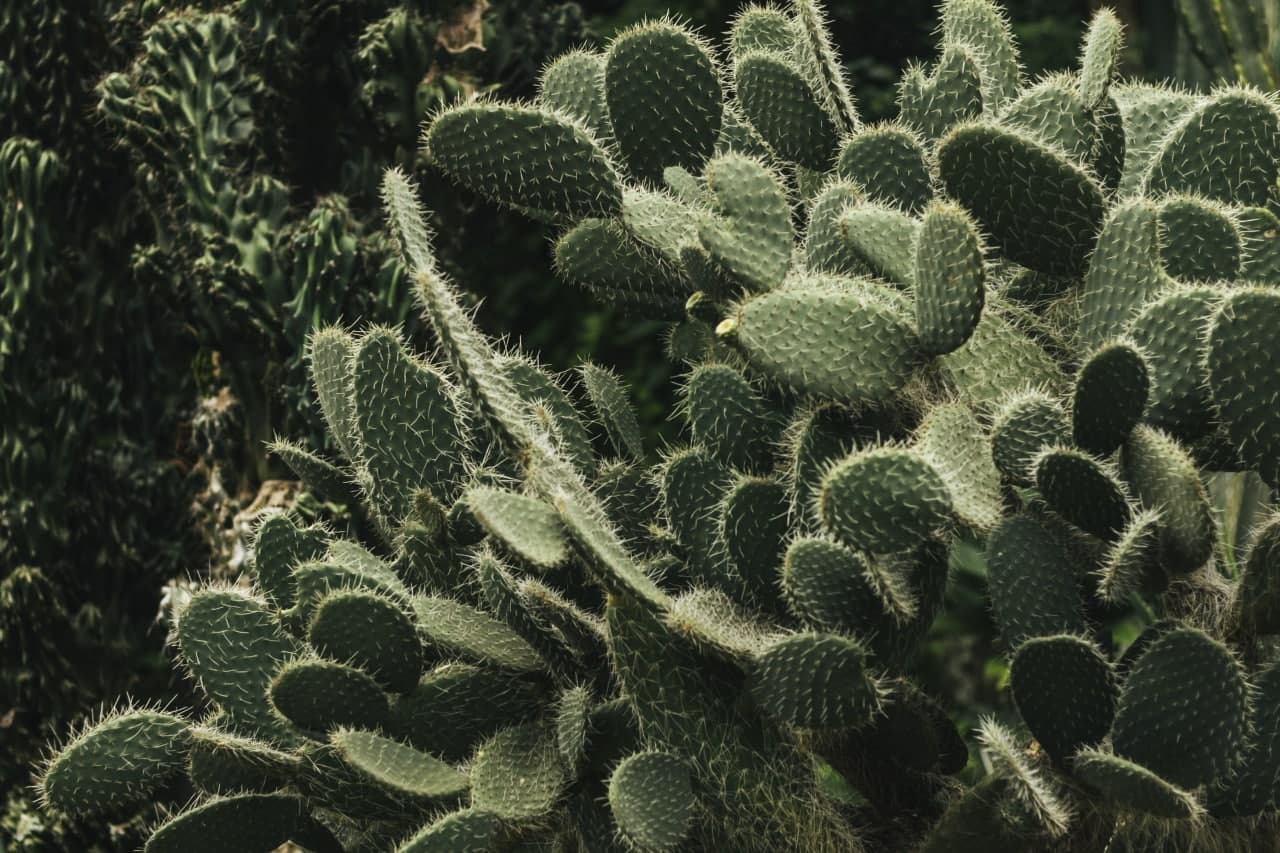
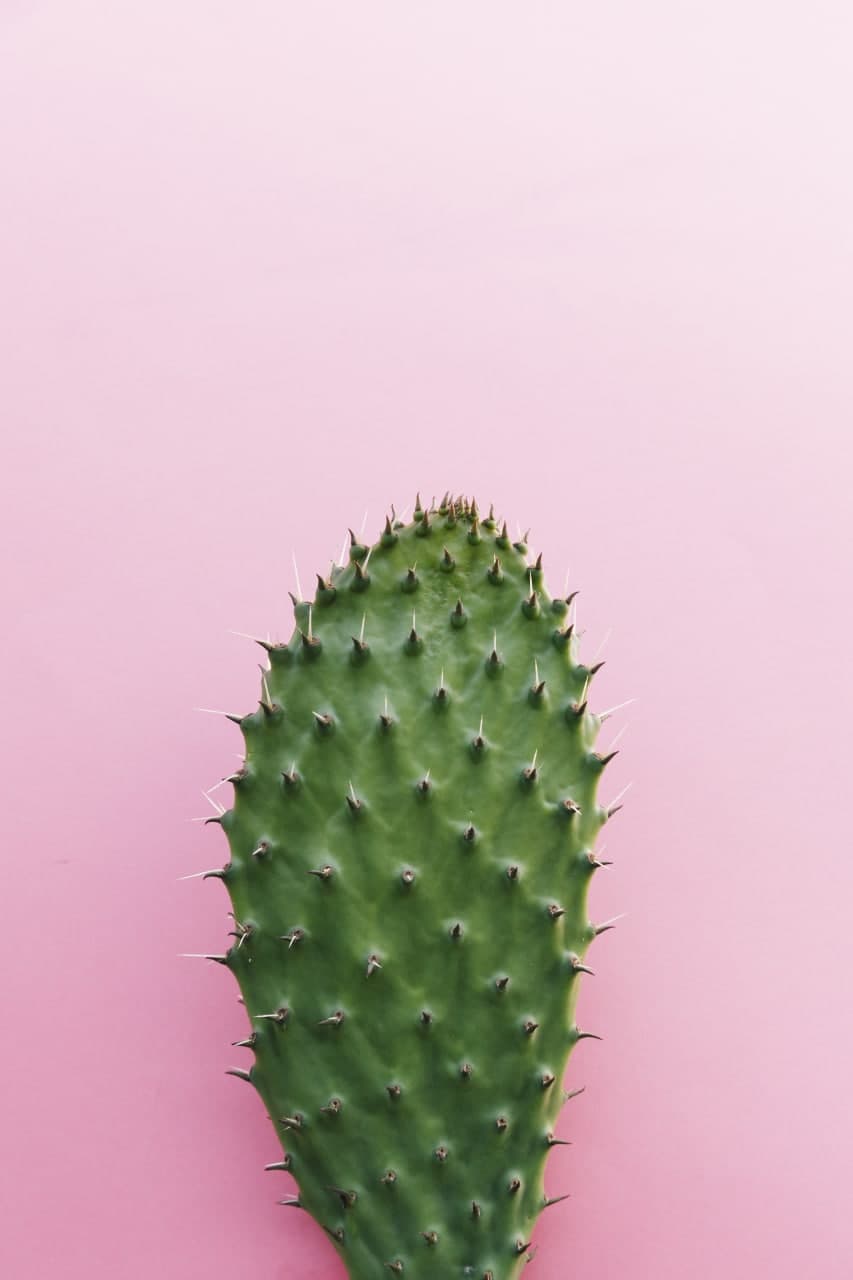
Short Tips About Cactuses
- The lifespan of the cactuses depends highly on the type of it and can live from 15 to 300 years.
- The color of the cactuses can be white, red, orange, pink, blue, green, bluish, or even brownish-green. Cactuses do have some waxy substances on their surfaces that prevent the loss of water from transpiration. Transpiration is considered to be the process of loss of water right via the tiny holes when the outer temperature is really high.
- Cactus has thorns instead of leaves. These thorns are capable of being soft or hard, straight or even bent. They are even regularly arranged in some rows, or they can be scattered. Their height can be even up to 15 cm long.
- Thorns in cactuses play two vital roles. They prevent the loss of water from the transplantations, and they also protect the plant from animals.
- Cactuses can be like a tree, cylindrical, round, irregular, or even in the shape of a starfish. Their surface can also be smooth or can be covered with some bumps. The roots of the Cactus are in the ground about a few centimeters, but they can go up to 2 meters in their diameter.
- Cactuses have a period of dormancy, a suspension or even the slowing down of their physical functions, a period of intense growth, and even periods of flourishing. They require enough water and sunlight during the period of growth, and this period is usually are lesser than the rest of the periods.
- The shape and size of the cactus flower depend highly on the type and species and the type of pollination it. Butterflies, bees, moths, bats, and even hummingbirds are known to be the main pollinators of the Cactus.
- The thorns of the Cactus are used to make hooks, combs, and even needles. The fruit of it can be used as food as well.
- Special cactuses produce a substance that is called mescaline that has hallucinogenic effects. The substance is used by the shamans for believing in the transcendental state as well as faith from the connection with God.
- Cactus is a plant that is ideal for apartments. Usually, the plant is very adaptable, and it needs very less maintenance. However, some have the habit of taking care of Cactus, same as other plants, and they encounter a rotten cactus in less than a month.
- Another interesting fact that you should know is that the water which is stored in the Cactus is precisely not like drinking water. It is a bit sticky, but it has been able to save the life of the humans who had been lost or even trapped in the desserts.
Properties of the Cactus Plant
It is interesting to know that the water obtained from Cactus, namely Son Pedro, is used to cure the bladder, kidney, high fever, and even hepatitis. Cactus that is named Modia has medical usage in the process of treating obesity as well as loss of appetite.
Another type of the genus is called Razer fig, which is used in confectionaries, and its fruits are used in a raw manner in salads and for the immunity of the body against infections.
From a type of Cactus, namely Tuna, we can get tasty jams, and its pulp is used mainly in the poultry industry. On the other hand, some desert herders collect the tulips from the type of plant, namely Cactus no pali, in order to provide water as well as food. In a type of plant, namely Cactus argie, that is used as an impenetrable mat instead of walls in gardens and fields.
In another type of plants, namely aloe Vera, different ointments, creams, and even gels are made that have medical values and uses. A. Barbadensis is edible in nature.
Cactus Pioni, which is eaten in native American ceremonies, plays an important role in arousing emotion as well as feelings. Finally, an interesting type of Cactus was discovered in the jungles of Japan in the year 1961, and they named them G. Mihanorchii friedri variegate and the color of the emerging plant was uniform red without any chlorophyll (green), which was from the plants used and fed by other plants as parasites.
They were forced to graft the Cactus on top of another cactus in order to deliver food to it. This grafting process was the reason for the emergence of a new type of Cactus that has accepted a lot of changes in colors such as yellow, orange, and red. More importantly, the experts believed that Cactus is good even for preventing the growth of cancer cells.
Keeping it short, we can get varieties of juices, various foods, soups, and even kebabs from the edible cactuses.

Care and Maintenance of Cactus in Different Months of the Year
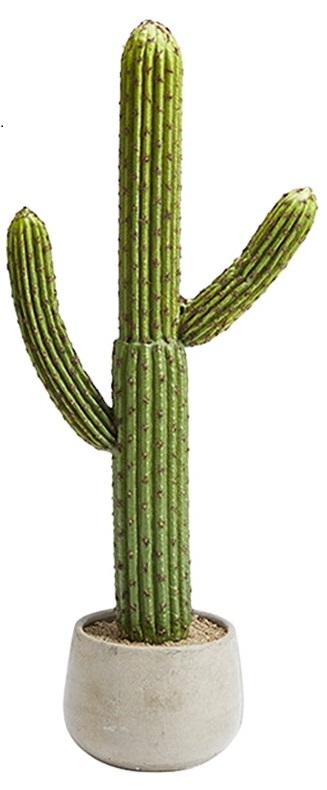
Care in The Initial Six Months
April: Exiting from the rest period and starting the new growth, changing of the pot, sowing cacti as well as succulents, storage of water in the tissues of the Cactus, and the need to water the plant every few days.
May: Taking cuttings for better growth of the cactuses, full ventilation around the plant and inside the pots, making little sub light for preventing the plant from burning and tearing of the outer layer due to sun, planting the seeds of some cultivars, increase in the irrigation process and reducing the cycle of the irrigation.
June: Removing the cactuses from the greenhouse and placing them in the open air, starting the process of fertilizers for strengthening the cactuses and watering.
July: It is considered to be the best time to fertilize and separate the dead as well as the dried parts and start the process of grafting.
August: Use of canopy to avoid the plant from getting burnt under the direct sunlight but ample light should reach the plant. Collection of the ripe seeds and plantation of them, separation of stems and taking cuttings or the propagation, using the acaricides in order to counteract with the attack of the red mite due to nothing but dryness as well as the warmth of the air.
September: The creation of a suitable flow of air, transfer of the seeds that had grown earlier in the planting bed, prevention of pests, preparing the plant from the sudden attacks of pests, preparing the plant in the hard and unfavorable conditions, to be able to withstand in the resting season, reduction of watering and the degree of the temperature, transferring weaker cactuses to the greenhouse.
Care in The Last Six Months of the Year
October: Creation of direct sunlight, reducing the watering process, creating a suitable flow of air day and night.
November: The start of the hibernation, significant reduction in the watering of the plants once in two weeks, reduction of the plant nutrition, and enough sunlight along with a dry environment is mandatory.
December: The plant enters the period of resting and a significant reduction in the physiologic vegetative growth and stops watering the plant. Watering once every twenty days is fine—enough sunlight to prevent the plant from getting weak and finally stopping the addition of fertilizers.
January: Complete stoppage of watering, except for the young cactuses with a weaker root; water is around the plant like a fog to help create fresh and healthy air, opening and closing the windows in the middle hours of the day.
February and March: No watering is required only for the young cactuses that have the possibility of getting dried need watering. Incas the plant pot is very dry, brief watering is needed.
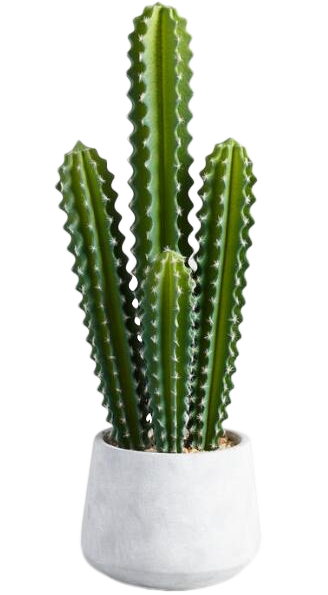
Cactus is one of those characters that has a lot of followers and fans, if you also have a cactus in your home or office and you want to decorate your home or workplace related to cactus, do not miss Romadon products.
-
The History and Evolution of Metal Wall Art
 No CommentApr 24, 2024
No CommentApr 24, 2024 -
Bohemian Rhapsody, Fiction vs Reality: 13 Times the Movie Lied to Us.
 15Apr 22, 2022
15Apr 22, 2022 -
18 incredibly intriguing and astonishing facts about elephants.
 15Mar 17, 2022
15Mar 17, 2022 -
‘The Wall’ still standing tall; Pink Floyd’s revolutionary album turned forty years old.
 15Feb 26, 2022
15Feb 26, 2022 -
Christmas Tree | Legends And History
 13Jan 14, 2022
13Jan 14, 2022















































Cacti, nature’s silent guardians! Did you know? Some cacti can survive without water for up to two years! Their resilience and adaptability remind us to stay strong even in the harshest conditions. Let’s learn from these prickly friends and bloom where we’re planted!
Cacti, nature’s spiky wonders! As Albert Einstein said, ‘Look deep into nature, and then you will understand everything better.’ Let’s embrace the resilience and beauty of cacti, reminding us of the profound lessons found in the simplicity of nature.
This essay beautifully captures their unique charm. Explore more about these desert wonders: their diverse shapes, adaptations, and cultural significance. Let’s celebrate the prickly beauty of cacti and their ability to thrive in harsh environments!
Discover the enchanting world of cacti! This essay beautifully highlights their resilience and beauty. Dive deeper into their secrets with books like ‘The Cactus Handbook’ by Gideon F. Smith and ‘Cacti and Succulents Handbook’ by Gideon F. Smith and Terry Hewitt. Let’s celebrate these unique plants and their desert charm!
Cacti: nature’s spiky superheroes! 🌵 This article shed some light on the amazing world of cacti, and I’m hooked! Fun fact: did you know that some cacti can go years without water? Talk about survival skills! Thanks for sharing these fascinating insights. Let’s give a round of applause to these resilient desert beauties!
Loved this informative piece on cacti! Who knew these prickly guys could be so fascinating?
One thing that surprised me was learning that some cacti can actually glow in the dark! The Night-Blooming Cereus, for example, has beautiful white flowers that emit a sweet fragrance and illuminate at night, attracting pollinators like bats.
Who knew cacti could be so cool? 🌵 This essay totally changed my perspective on these prickly pals! Did you know that some cacti can live for over 100 years? Talk about resilience! Thanks for sharing the fascinating world of cacti with us. Here’s to embracing the beauty of these desert darlings!
What a delightful read! Who knew friendship could sprout from a cactus? This essay beautifully captures the unique bond between humans and nature. It’s a reminder that connections can bloom in unexpected places. Thanks for sharing this heartwarming story of friendship with prickly pals!
I didn’t know these informations about cactus . Thanks guys . U are awesome.
awesome . thanks from Romadon Team for these fantastic information. i love cactus